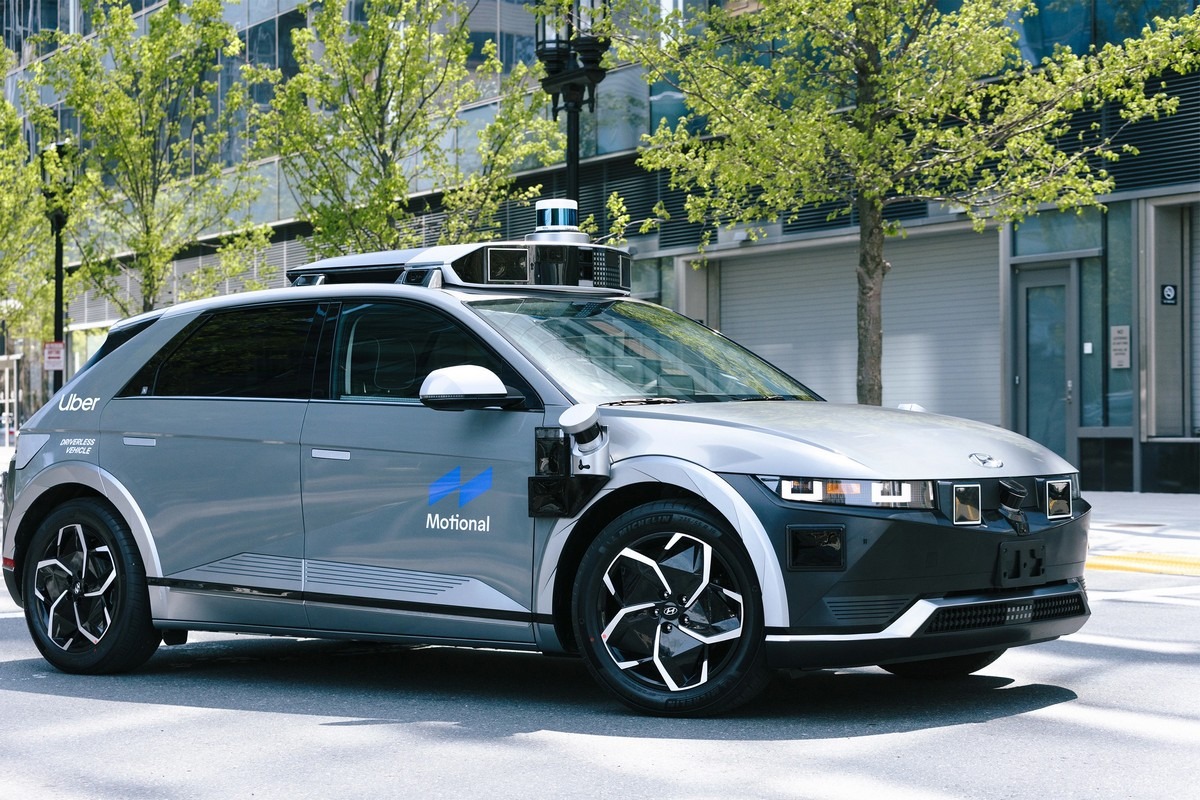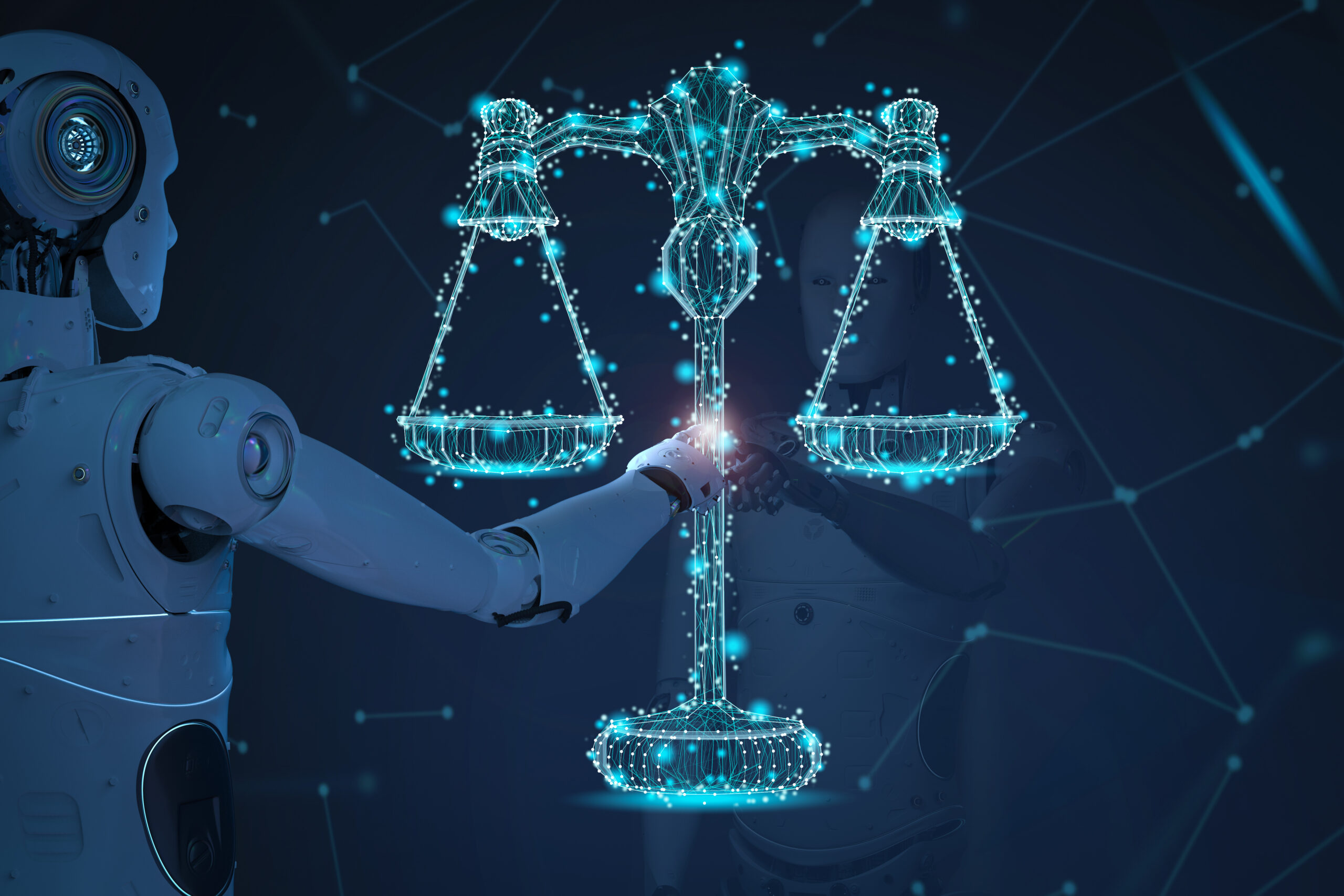Like many great innovations, Blue Atlas began with a straightforward problem: underwater inspection work was hard, demanding, and often dangerous. The company's founders watched as workers struggled to maintain underwater structures and thought there had to be a better way. Their initial goal wasn't to create a complex robot - they just wanted to build an autopilot system for existing underwater drones, something that would free up operators' hands.
"We saw people working incredibly hard in our waterways," explains the company. "We wanted to give them better tools to collect underwater information." It's a bit like the difference between trying to take photos while swimming and having an underwater camera that can move and focus on its own.
What started as a simple autopilot project quickly grew into something more ambitious. Using computer vision, which essentially gives robots the ability to "see" and understand the environment, Blue Atlas has created a system capable of navigating underwater spaces using a controller. Sentinus has autopilot features such as automatic target distance detection, automatic depth, and self-stabilization. Impressive, isn't it?
As our world becomes increasingly dependent on maritime infrastructure - from ports and offshore energy installations to underwater data cables - the need for efficient underwater inspection and maintenance grows. Blue Atlas Robotics is positioning itself at the forefront of this maritime digital revolution, helping to map and monitor the underwater world in ways that weren't possible before.
Created by Blue Atlas Robotics, Sentinus isn't your average underwater drone. Think of it as a highly sophisticated underwater camera operator that can twist and turn in any direction, equipped with not just one or two, but eight different cameras that act as its eyes beneath the waves. It's like having an entire film crew packed into a package about the size of a carry-on suitcase.
What makes Sentinus particularly interesting is its ability to work autonomously. Unlike traditional underwater robots that need constant hands-on control, Sentinus can "see" where it's going and where it's been, plotting its own course to ensure it doesn't miss a spot. Imagine a robotic vacuum cleaner, but one that works underwater and creates detailed 3D maps of everything it sees.
"We wanted to free up operators' hands so they could focus on what's important," explains Blue Atlas Robotics. This means that instead of wrestling with complex controls, operators can concentrate on analyzing the detailed video footage that Sentinus captures. It's like having an assistant who handles all the camera work while you focus on spotting potential problems.
The robot's flexibility is impressive - it can rotate freely to inspect surfaces from any angle, making it perfect for examining ship hulls or underwater infrastructure. Need to look at the underside of a ship? Sentinus can flip upside down just as easily as it moves forward or backward. This kind of agility is crucial when every inch of a surface needs to be examined for damage or wear.
Built to withstand the harsh conditions of underwater work, Sentinus can operate at depths of up to 100 meters - that's deeper than the height of the Statue of Liberty. It can run for about an hour on battery power, or indefinitely when connected to a power source on the surface. Despite its robust capabilities, it weighs just 16 kilograms, making it portable enough to be deployed quickly when needed.
This underwater robot appeared at a crucial moment for the commercial diving industry. According to a brief study, the market is expected to grow by 16.5% per year from 2025 to 2032, so there is an increasing need for effective monitoring and maintenance tools. Traditional diving operations are having a hard time keeping up with the growing demand, and this is where robots like Sentinus come to the rescue.
But rather than replacing human divers, Sentinus is designed to work alongside them. It's like giving divers a high-tech partner who can handle the tedious task of systematic inspection while they focus on more complex tasks that require human judgment and expertise. All the visual data collected by Sentinus is stored for later analysis, allowing teams to create detailed digital models of underwater structures and track changes over time.
The robot can be customized for various needs - some users can choose the battery-powered version for quick control, while others can choose the continuous-powered version for longer operation. In the second case, the company offers cables of different lengths to solve various tasks. To make the most effective use of the collected data, users can order a "3D model creation" from the company as an additional service.


















